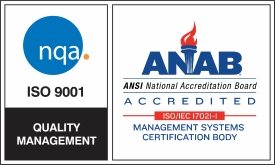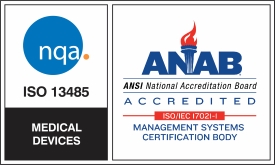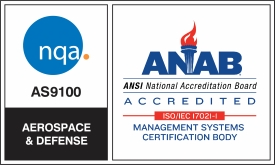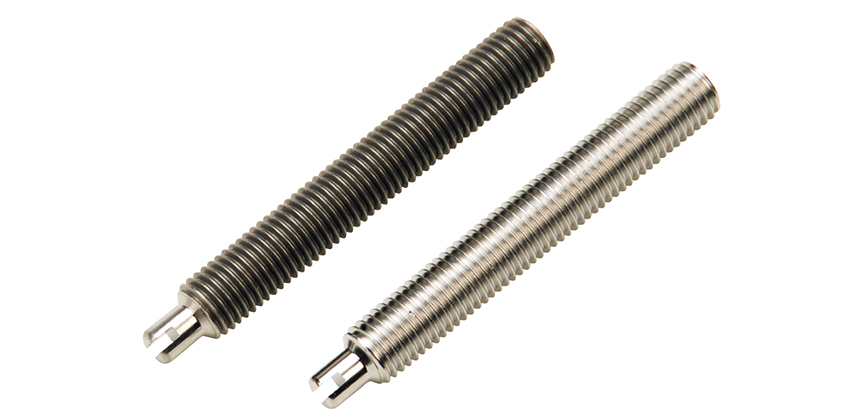Tumbling and electropolishing are two finishing treatments that are used to polish metal parts. Want to learn more about tumbling vs. electropolishing? Examine each process below, as well as the benefits, to determine which one is most advantageous for your parts.
The Tumbling Process
During the tumbling treatments, metal parts are often filled in a container or barrel with an abrasive grit. These pieces are then tumbled with other parts to create a smooth surface. The tumbling process may need to be repeated multiple times in order to give metal parts a smooth surface.
The Electropolishing Process
Electropolishing, sometimes referred to as “reverse plating,” is often utilized as the final step in the manufacturing process. This metal finishing treatment utilizes a phosphoric-based electrolyte bath and rectified current to remove surface material that contains embedded impurities, oxide scale and more. Once the current is converted from AC to DC at low voltages and applied to parts, metal ions are removed from their surfaces. After parts have been rinsed and dried, they are smooth and ultraclean.
Electropolishing can enhance metal parts utilized in various industries, including aerospace, pharmaceutical, medical, food service, automotive and more. Additionally, electropolishing can be performed on metal parts of a variety of common and specialty alloys, including all stainless steels, aluminum, titanium, tungsten, copper, Nitinol and more.
Electropolishing: the Best Metal Finishing Choice
Electropolishing offers enhancements that other metal finishing treatments, like tumbling, cannot. Metal parts that have been electropolished have the following enhancements:
- Ultraclean finish—Electropolishing provides a clean finish that removes any embedded contaminants or foreign materials on parts’ surfaces.
- Oxide scale and heat tint removed—When metal pieces are welded together, heat tint and oxide scale are often produced. This is not only unsightly, but it could also create initiation sites for corrosion. Electropolishing removes a uniform layer of surface material, eliminating the heat tint and oxide scale as well.
- Deburred edges—Untreated metal parts may have jagged edges or burrs that could compromise part performance or present a safety issue. To remove these burrs, companies can submit their parts for electropolishing.
- Enhanced microfinish value—Metal parts, especially those that are small and complex, may have microscopic cracks that could ultimately cause part failure. Electropolishing reduces parts’ surface peaks, therefore removing stress cracks and creating a smooth finish to enhance the life of parts.
- Improved aesthetics—Electropolished parts have a bright finish that cannot be achieved through other finishing methods, like tumbling. Following treatment, electropolished parts are noticeably bright with improved aesthetic value.
- Does not distort part—Electropolishing removes a consistent layer of surface material all around a part without comprising its shape. This is especially important for small or fragile metal parts whose structure is critical to part functionality.
Want to learn more about the benefits of electropolishing and why many companies prefer it in comparison to tumbling? Get in touch with a representative at Able Electropolishing today.




